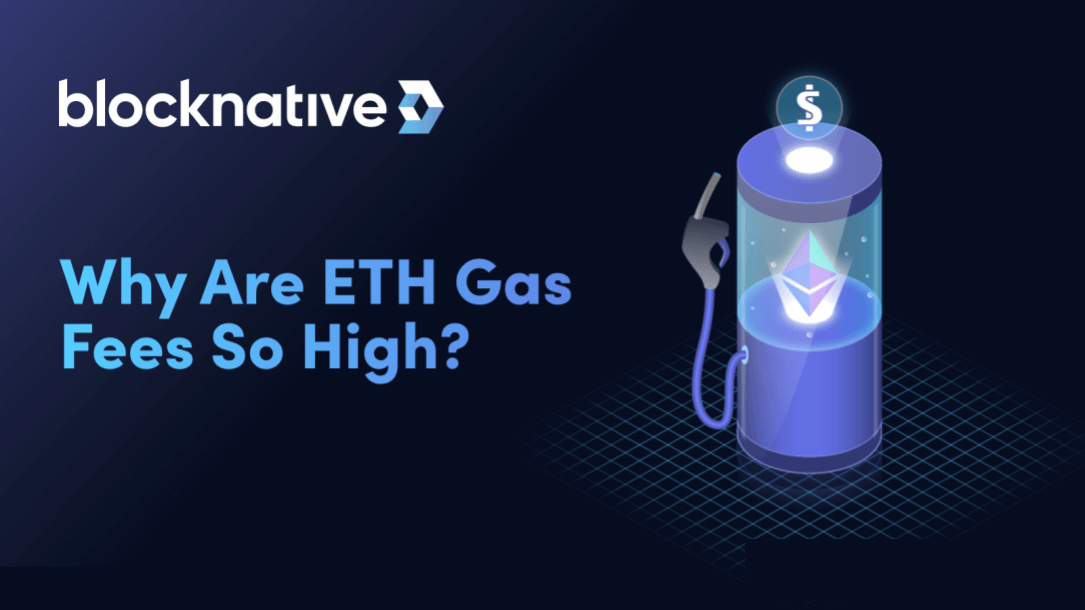Why Ethereum 1.0 Had High Gas Fees And What Caused It
Ethereum 1.0 played a huge role in proving what blockchain could do, from DeFi and NFTs to DAOs and beyond. But its gas fee issues reminded us that scalability and efficiency are just as important as innovation.
Go Back

🕒 6:52 PM
📅 Aug 06, 2025
✍️ By CASHMONEY1
What Are Gas Fees Anyway?
Gas fees are the cost of performing operations on the Ethereum blockchain. Every time you send ETH, interact with a smart contract, or run a decentralized application (dApp), you’re using computing power from the network. That power isn’t free, it’s paid for in gas, which is priced in ETH.
Think of it like paying for fuel when you drive a car. The more complex the journey (or transaction), the more gas you’ll need.
So Why Were Ethereum 1.0 Gas Fees So High?
Here are the main reasons:
1. Network Congestion
Ethereum 1.0 could handle roughly 15-30 transactions per second. When demand spiked such as during an NFT drop, a meme coin surge, or a popular DeFi launch, the network became overcrowded. More people competed to get their transactions processed, which led to bidding wars where users offered higher gas fees just to be included in the next block.
2. Limited Scalability
Unlike newer blockchains or Layer 2 solutions, Ethereum 1.0 wasn’t built for high throughput. The limited block space meant fewer transactions could be processed per second, creating bottlenecks during busy periods.
3. Complex Smart Contracts
Some dApps, especially in DeFi and NFTs, require complex contract interactions. These interactions consume more computational resources, which translates to higher gas fees. Even simple tasks like staking or swapping tokens could involve multiple steps behind the scenes.
4. Gas Wars
During high-demand events, users started what’s known as “gas wars” offering extremely high fees to outbid others and get priority. This drove average gas prices up for everyone else.
5. Lack of Efficient Layer 2 Support (At the Time)
Layer 2 solutions like Arbitrum, Optimism, and zkSync now help offload traffic from Ethereum, reducing gas fees. But during Ethereum 1.0’s peak, these technologies were either non-existent or in their infancy.
Was It All Bad?
Not entirely. High gas fees signaled that Ethereum had strong demand and real utility. It also incentivized developers to create better solutions, which eventually led to the rollout of Ethereum 2.0, Layer 2 scaling, and EIP-1559 (which helped improve gas fee predictability).
The good news? Ethereum has since evolved, and with the transition to Ethereum 2.0 and growing Layer 2 adoption, gas fees are becoming more manageable, without sacrificing the decentralized foundation that made Ethereum great.
